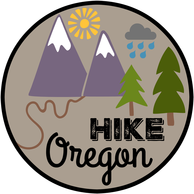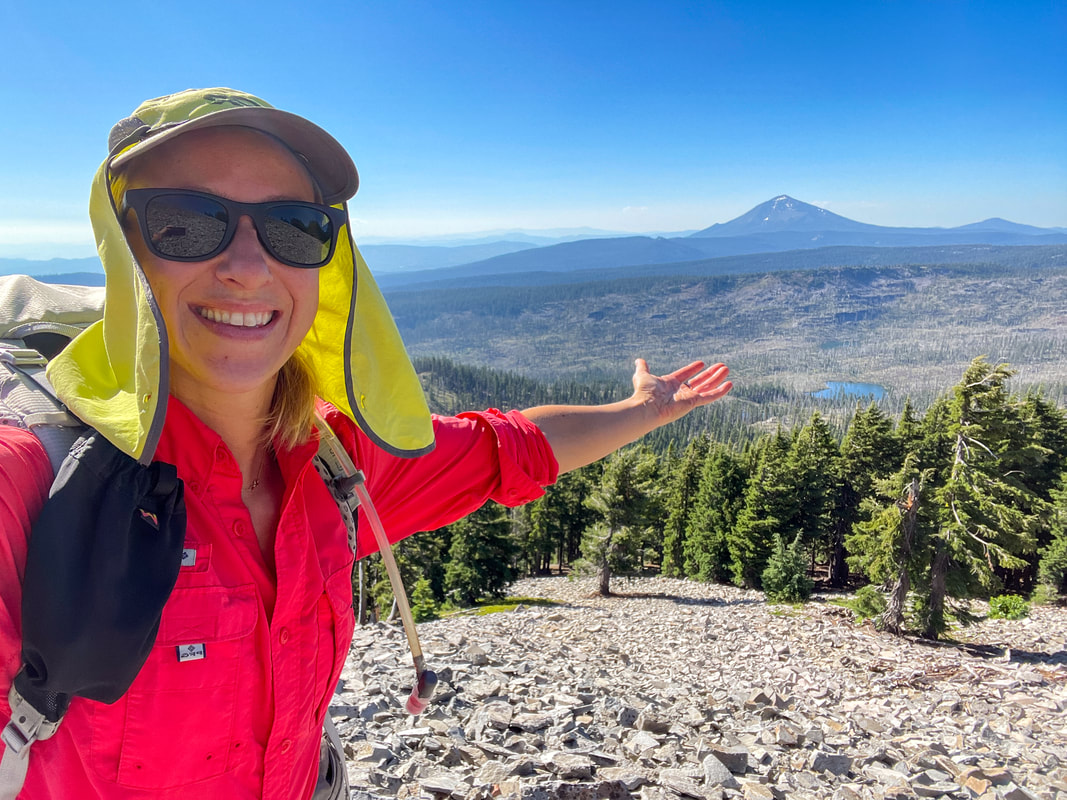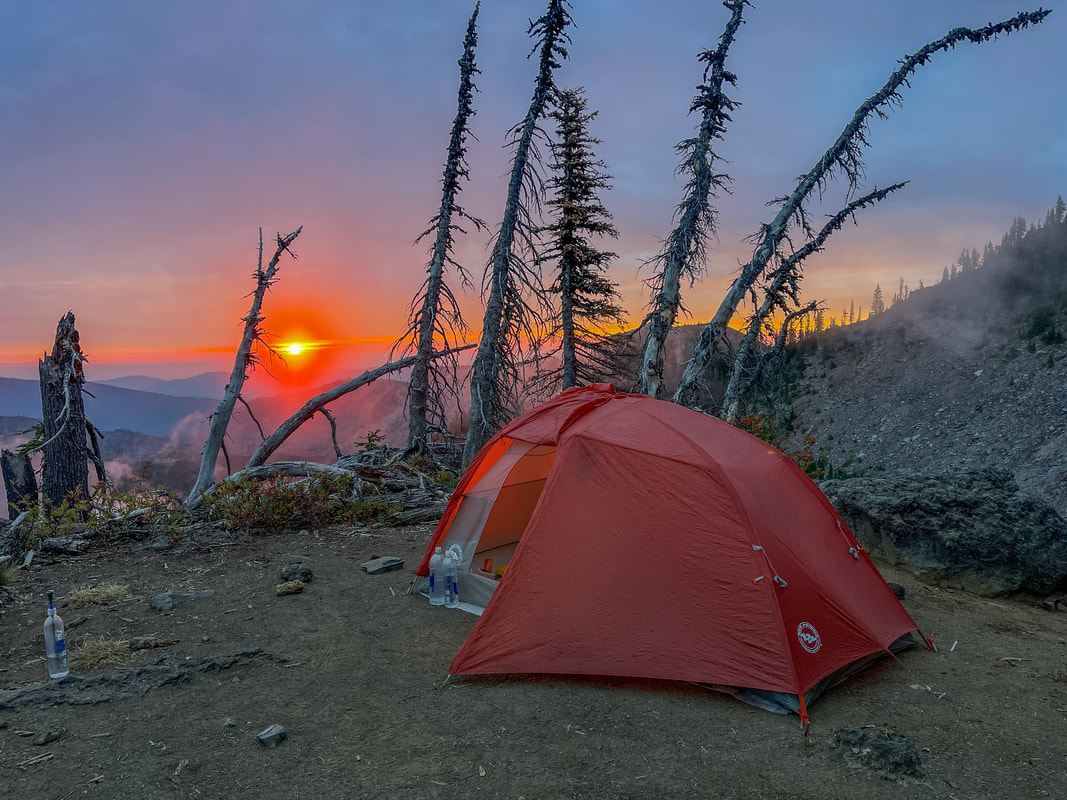Safety Tips for Solo Hiking & Backpacking
Solo hiking and backpacking can be a truly rewarding experience but I know it can also make people apprehensive especially if you are doing it for the first time. Below are some safety tips to keep in mind so your solo trip can be the best possible experience!
- If you haven’t been on this hike before, research the trail thoroughly and make sure you have proper driving directions (Google maps doesn’t always work or take you to the right place). But I highly recommend that if you are nervous about solo hiking, go on a trail that you are familiar with and have been on at least once. Doing this will make going solo not as scary because it eliminates one of the unknowns.
- ALWAYS, ALWAYS, ALWAYS tell someone where you are going and what time you are planning on being home. Make sure they know what route you are driving to get there and that they know the exact trail name and any other side destinations you might be exploring. This information is vital for search and rescue to know if they need to come looking for you.
- If you have a way to keep in contact with someone at home during your outing through cell service, satellite messenger or a personal locator beacon please do so throughout your trip. Keep in mind that cell service is severely limited in remote areas so do not rely on this for emergencies. If you hike alone often it is wise to get something like a Garmin InReach, a Zoleo or a Spot device.
- For day hikes make sure to pack the 10 essentials and to dress appropriately according to the weather. Make sure to spring enough and extra food and water, or have a way to filter water if needed. Something I like to keep in mind also is if you take any types of daily medications, to have at least 1-2 doses with you in case you are stranded and need to be rescued. The same goes for if you are backpacking, I always try to keep an extra meal with me in case me or someone in my group gets hurt and we are out there for an extra day.
- Practice situational awareness. Stay vigilant and aware of your surroundings at all times while hiking solo. Keep an eye on trail markers or landmarks to avoid getting lost. Trust your instincts and listen to your body. If you encounter any signs of inclement weather, wildlife activity, or potential hazards, assess the situation and adjust your plans accordingly. Be mindful of your pace and conservatively estimate the time needed to reach your destination and back to the trailhead, especially if hiking in challenging terrain or adverse conditions (like unexpected snow or lots of blow downs). Never feel bad about turning around prematurely and always trust your gut!
- Avoid taking unnecessary risks or engaging in reckless behavior any time you’re hiking and backpacking but especially while hiking alone. Stay on marked trails and avoid straying off-path, as it increases the likelihood of getting lost or injured. Exercise caution when crossing streams or navigating steep terrain. Pace yourself and take breaks as needed to prevent fatigue and overexertion. Notify someone of any changes to your plans or itinerary, such as deviating from your intended route or extending your trip duration.
- Equip yourself with basic wilderness survival skills to enhance your self-sufficiency and confidence while hiking solo. Learn how to navigate using a map and compass, build a shelter using natural materials or simple things from your day pack, start a fire safely, and administer first aid for common injuries. Familiarize yourself with local flora and fauna, including potential hazards such as poisonous plants. Investing in a wilderness first aid course can provide valuable knowledge and skills for handling medical emergencies in remote environments.
- Carry whatever makes you feel safest! Some people feel best carrying a pistol, some carry mace or bear spray (keep in mind bear spray and mace are not allowed in certain national parks), and some folks like carrying a taser or a knife. Whatever tool makes you feel the safest against predators, whether it be animal or human, is what you should carry.


